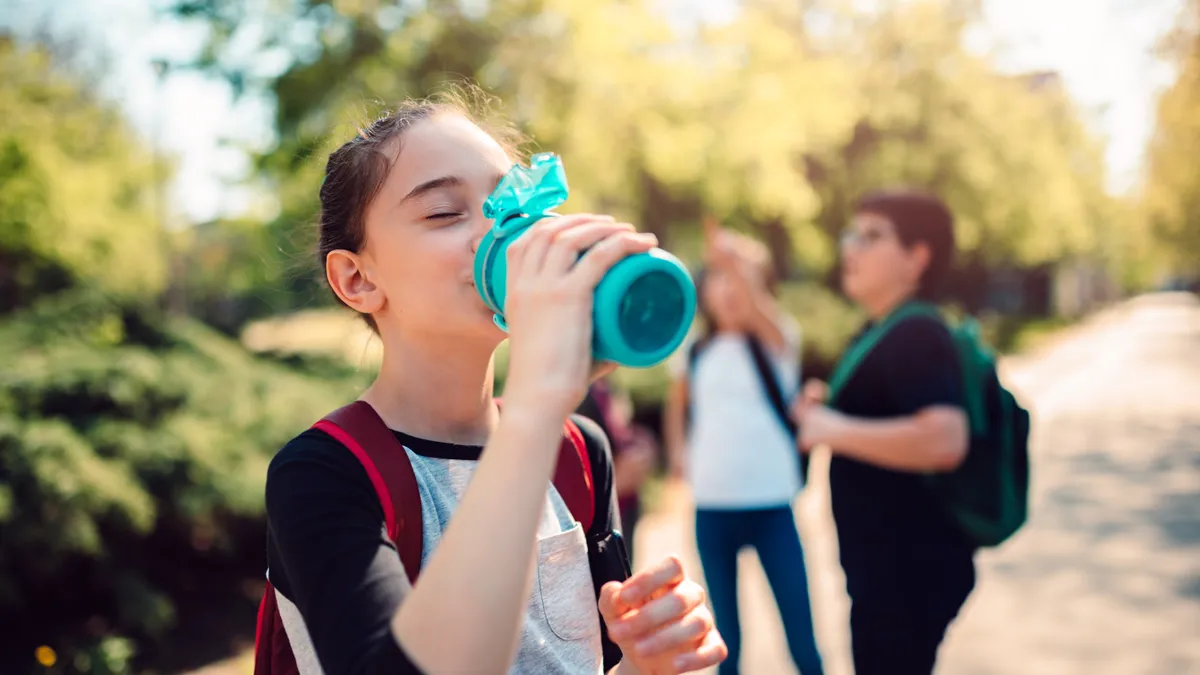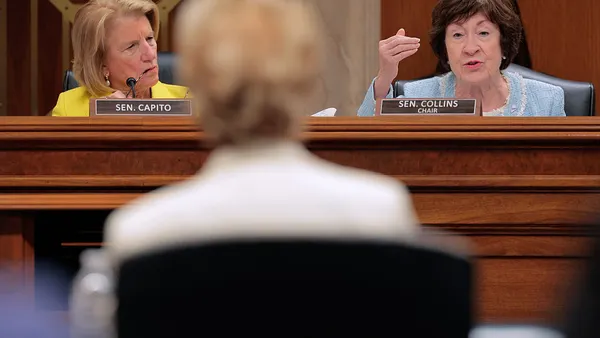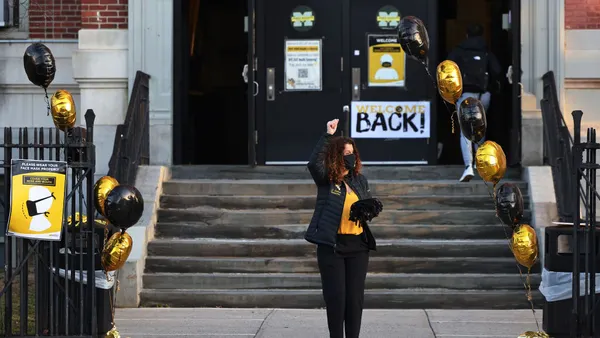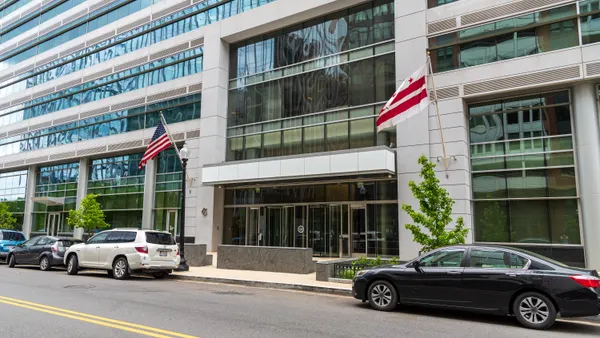Schools are designed to nurture young minds and help students flourish. And yet for too many kids, a hidden danger lingers in the pipes that deliver the water they drink. That toxic element? Lead.
Lead exposure in schools poses a far more pervasive threat than you may realize. Children in 400,000 schools and child care facilities face risks from lead in the water, according to a White House Fact Sheet.
This fact should sound alarms across the country. Numerous studies have documented lead’s damaging health effects, particularly on children. Lead exposure can damage the brain, cause learning and behavior problems, lower IQs and create many other issues.
“Lead adversely affects children’s physical development, learning development and mental development,” says Dave Sklodowski, K-12 vertical market manager for Elkay®. The company provides schools with filtered ezH2O® bottle filling stations — a sustainable solution for cleaner drinking water.
Many states still don’t require schools to test their water for lead, which means the full extent of the danger remains unknown. But where tests have occurred, they have shown rampant lead exposure. For example, once Montana required testing, 74% of its schools found high lead levels in at least one drinking fountain or faucet.
These disturbing findings have moved school administrators, boards and parents to act.
Leveling the playing field for all students
Children should feel secure while they are at school, says Miriam Jimenez, school operations manager for Equitas Academy #3, a charter school in Los Angeles. “We are in a very low-income area,” Jimenez explains, “and a lot of our scholars say they love coming to school because it’s where they can get nutritious food. Cleaner, healthier water is also a basic necessity, so it’s a priority to determine how to provide that and ensure they can confidently rely on getting all their needs met safely at school.”
Sadly, that’s not a reality in far too many areas. Lead contaminates drinking water across the country, but historically underserved areas usually suffer the most, says Sklodowski. “These communities are the last to receive the funding to make updates, whether it be to the service lines within the community or the schools themselves,” he says.
The problem extends well beyond schools. Some 9.2 million lead pipes carry water into American homes, a recent survey from the Environmental Protection Agency (EPA) reveals. Jimenez fears that many of her students face this situation, since their drinking water at home comes from aging infrastructure. Nor do harmful lead pipes pose the only danger. Lead can be present in solder joints, drinking fountains and other fixtures where children drink.
Equitas Academy recently took action to protect its students. The school partnered with Elkay to offer bottle filling stations, which reduce lead, sediment and the taste and odor of chlorine, thus supplying cleaner, healthier water. The stations quickly showed just how polluted Equitas’ water was: Just a few weeks after installation, particulates in the water clogged the filters. “We had no idea how bad our water quality really was — to the point where our water filters have to be changed every six weeks to two months,” Jimenez says.
Is lead lurking in your school’s water?
Lead poses such a serious health threat that schools can no longer wait for government-mandated tests to address this toxic hazard.
More than 40% of schools nationwide have higher-than-recommended levels of lead in their tap water, as shown in a report from the Harvard T. H. Chan School of Public Health and the Nutrition Policy Institute at the University of California.
But the phrase “higher-than recommended levels” severely understates the problem, Sklodowski says. Although the EPA’s “action level” for lead in drinking water stands at 15 parts per billion, the agency states bluntly, “There is no known safe level of lead in a child’s blood.” The Centers for Disease Control and Prevention (CDC) and many others in the medical community support a zero-tolerance approach to lead.
Schools have several options to test their water. Sklodowski explains that some tests offer a “pass/fail” option, revealing whether or not lead is present. Third-party labs can provide more information, down to a parts-per-billion level of contamination. At a minimum, Sklodowski suggests schools conduct a pass/fail test. If they receive a failing grade, they can turn to a third-party source for additional data. The CDC also offers suggestions for creating a water testing program in schools.
Jimenez admits to being bewildered at the lack of consistency in testing requirements. “You’d think it’d be a regulation,” she says. “School districts are so strict on so many factors — which is positive — yet when it comes to a basic need like water, there’s no regulation.”
Finding funding for cleaner, healthier drinking water
Help is on the way in many regions. The EPA recently announced that the federal government will allocate more than $6.5 billion to rebuild the nation’s water infrastructure through the Drinking Water State Revolving Fund (DWSRF).
Still, it will take years for Americans to see the benefits of this work. As Sklodowski notes, the average time to change out lead service lines is anywhere from two to ten years. “By contrast, you can start providing cleaner water by installing an Elkay bottle filler today,” he says.
Many schools are applying their Elementary and Secondary School Emergency Relief (ESSER) funding to upgrade facilities, focusing on well-being features that can include bottle filling stations. Funds for a system like Elkay’s bottle filler may be available from the Water Infrastructure Improvements for the Nation Act (WIIN Act) sponsored by the EPA. Schools can also consult state and county websites for available grants.
Rallying concerned parents can also lead to action, with many schools raising funds through Elkay’s ezWish Kit program to outfit buildings with bottle fillers.
Ensuring access to cleaner, healthier water should be a foundational goal of every school as they prioritize children’s safety and well-being. Visit Elkay today for more information on how your district can upgrade its drinking water to create a safer, healthier, more equitable learning environment for all students.






 Dive Awards
Dive Awards




